To the relief of many the days are beginning to uncurl and stretch out once again. Sunlight hours increase daily as gardeners relish the prospect of a new growing season ahead. Perennials mark the occasion as they set about putting on new growth.
However let’s not forget we’re still in the depths of winter. Snow flurries are likely as Jack Frost continues to bite leaving landscapes shy of colour.
Nevertheless what can’t be done outside can be planned inside. Lists are drawn and seed catalogues marked for must-haves and old favourites.
A new year brings with it resolutions. Maybe it’s time to sign up for an allotment join the gardening committee or be part of a community garden project. Could this be the year you bring your gardening to a wider audience by creating a blog? Write about your horticultural experiences the successes and failures. Or perhaps take pleasure from reading other gardening blogs. If writing isn’t your thing how about photography? You don’t need to be an expert to point you phone camera at your winter hyacinths and take a picture. Open an Instagram account and fill it with snap shots of all your gardening triumphs and failures. The internet can be a wonderful place to meet like-minded people to share tips and ideas. So start the year as you mean to go on and grow.
In the flower garden
Mulch
Don’t be too quick to bin your exhausted Christmas tree as there’s still plenty of value in it. Shred it for chippings to spread on ericaceous plants such as blueberries or use it to create allotment paths. The branches can also make useful allotment plant supports for peas and broad beans.
Perennials
Make way for new growth by cutting down and tidying up flower borders. Ensure you do not cut into new growth as not only will you lose vital young shoots but an exposed wound will be open to the elements which could potentially kill the plant.

Lawn
If you can keep off the grass. The freezing weather combined with your weight can cause permanent damage to your prized lawn.
Water supply
If you haven’t done so already cover those garden taps. Frozen water can expand forcing taps and pipes to burst. Better still if you can turn off the external water supply altogether.
Snow
With the prospect of snow more likely this month it’s important to brush fallen snow from greenhouses, cloches and cold frames. The extra weight can break the glass plus the plants inside need all the warmth and light they can get. Remove snow from delicate evergreens and tree branches to prevent damage.
Greenhouse
A heat supply in your greenhouse will give you the advantage of making early sowings for plants such as sweet pea and aquilegia. If you’ve been growing sweat pea since last autumn then pinch out the tips this will encourage side-shoots and result in a bushier plant.
Storage
Any fruit or veg currently in storage should be checked regularly to ensure they haven’t spoilt. Turn them over and remove any decaying or damaged produce. Ensure they aren’t touching to encourage a good air supply around them.
Snow drops
If you’re lucky enough to have inherited a garden with established snowdrops or you planted bulbs yourself last autumn you just might see their delicate little heads rear themselves from the hardened snow-covered ground this month. Not only is this a beautiful sight but it’s a welcome indication to gardeners that spring is on its way!
Garden wildlife
If you have bird-feeding stations ensure food supplies are topped up and water supplies are changed regularly and not left to freeze. If you have a fish pond avoid smashing the ice if it freezes over as this can shock or even kill the fish. Instead try to melt the ice gently with hot water. Don’t worry about harming the fish as they tend to remain at the bottom of the pond during the winter.
On the veg patch
Winter veg
Continue to harvest veg such as swede parsnips carrots winter brassicas Brussels sprouts leeks and artichokes. As beds become bare turn over the soil and add a thick layer of well-rotted manure or compost. You should aim to get all of your winter digging done by the end of this month at the latest to give the mulch time to deteriorate and work into the soil.

You’ll find most suppliers are already delivering stock to customers. If you leave it too late you could run the risk of your chosen varieties being unavailable. Get them ordered now and you could be chitting your first earlies by the end of the month.
Chitting is purely speeding up the aging process of a tuber and letting its eyes sprout. By the time you come to planting ground temperatures still won’t be at their warmest but those weeks of chitting will give your tubers a valuable head start.
Remember stand the tubers apart (egg boxes make ideal holders) with their eyes facing upwards. Place somewhere warm dry and with plenty of sunshine such as a kitchen windowsill porch or warm greenhouse. Try to keep sprouts down to three maybe four so the energy isn’t too dispersed thus producing weaker shoots. Six weeks on and tubers should be ready for planting out.
Onions
If you have a heat supply to your polytunnel or greenhouse you might consider sowing onion seeds. They will need that extra protection but by giving them an extended growing season the end result will be worth it.
These crops need a long growing season so get sowing now. With so much variety and choice growing these fruits has never been so popular. The seeds can be grown in modules pots or trays to the depth of 6mm on a windowsill. Although germination can be slow once their true leaves have been revealed it’s important to pot them up. Keep them warm lit and well-watered.
Fruit

By forcing rhubarb now you’re simply speeding up its growth for an earlier harvest and sweeter stems. As soon as new growth appears from the crown cover the plant over with a rhubarb forcer or container excluding all light. Eight weeks on the stalks should be 20-30cm long and ready to harvest.
Apple and pear trees are still dormant and can be pruned. Bare rootstock varieties can be bought and planted out.
Continue to ensure all trees fruit canes and climbers are staked and tied-in thus avoiding wind-rock and potential winter damage.
Indoors
Indoor plants
With Christmas now firmly behind us the only reminders of the festive season are plants such as Poinsettias Amaryllis and early blooming Hyacinths. However their time is drawing to a close so introduce a new range of indoor plants to your home. Whether it’s the exquisite Cyclamen persicum trendy cacti and succulents or a refined orchid for the bathroom there are options to give the home-grower endless hours of pleasure with as little or as much effort they desire. With different structures styles and colours the choice is endless; a quick scan of Instagram will show you houseplants have never been so fashionable.
Could this be the year you bring the outside in?

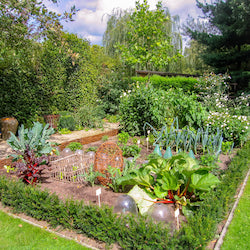
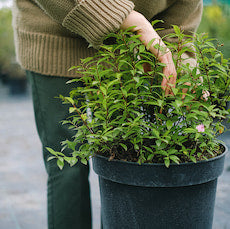
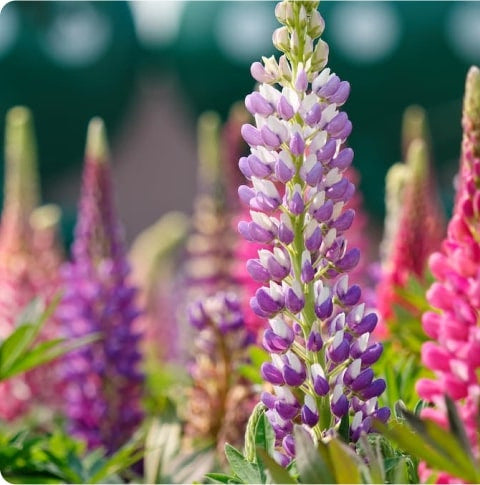

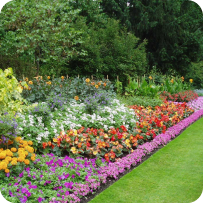
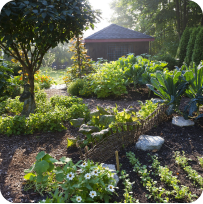





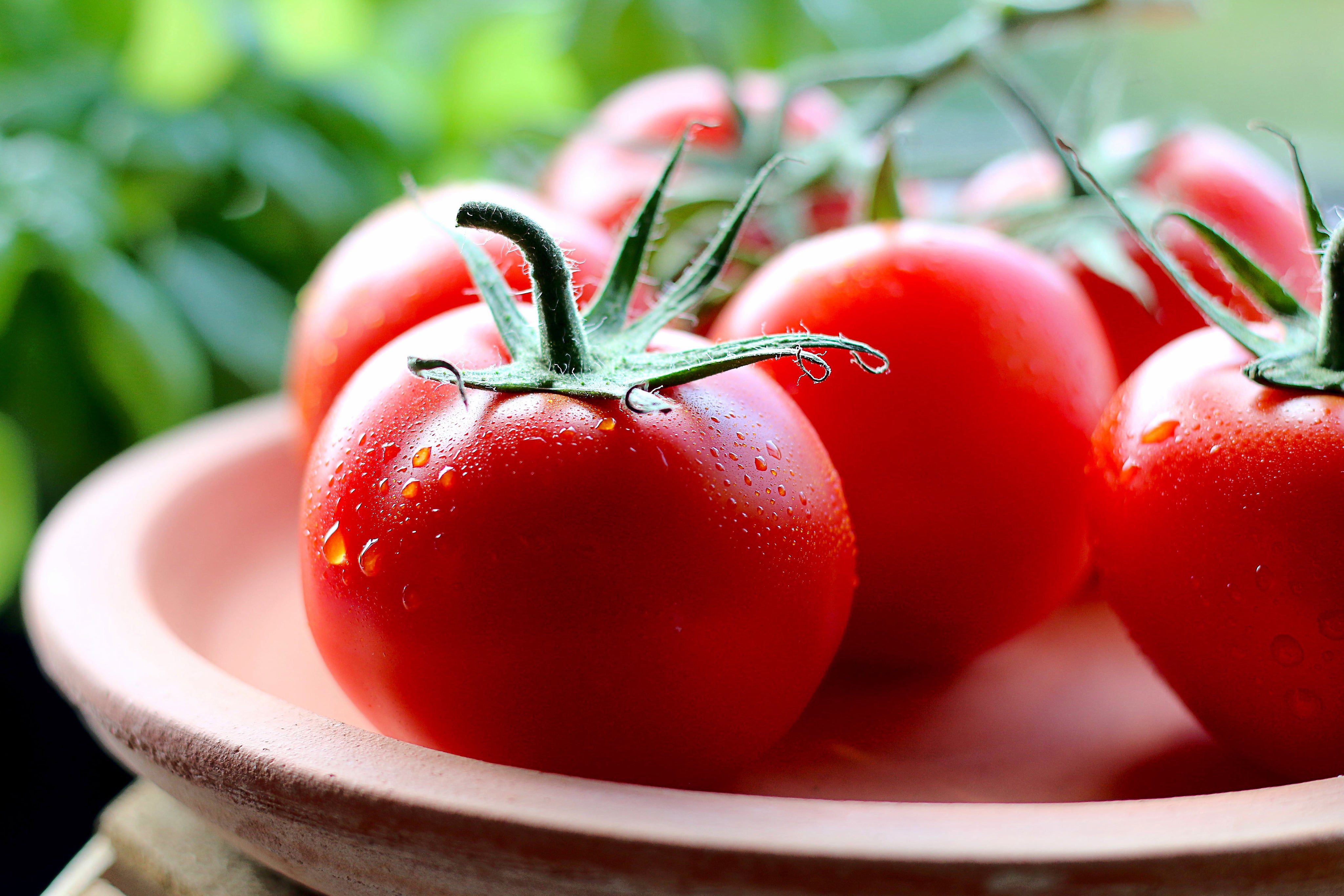

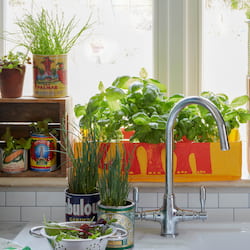
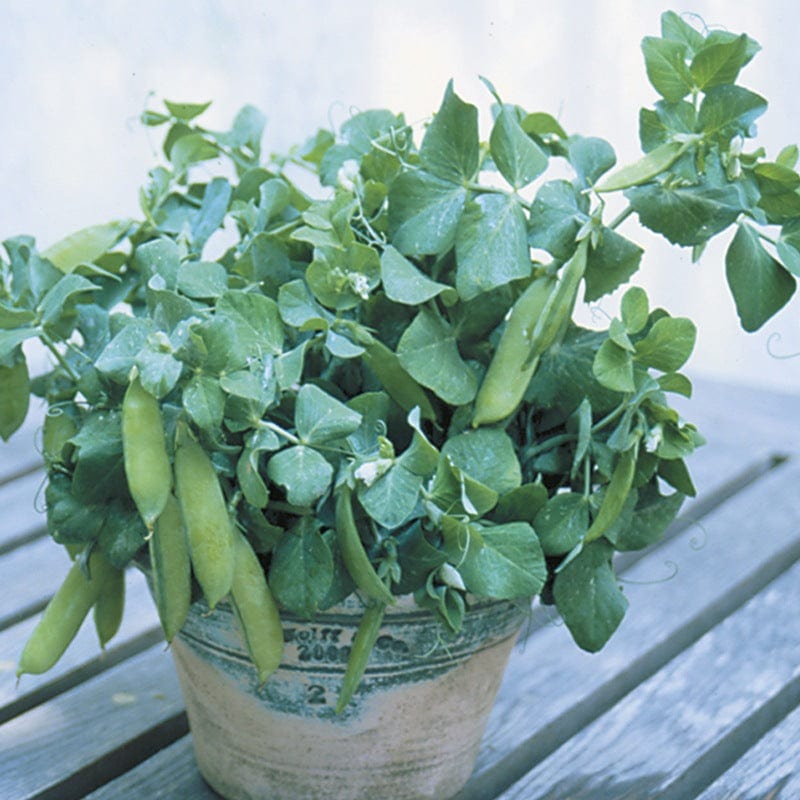


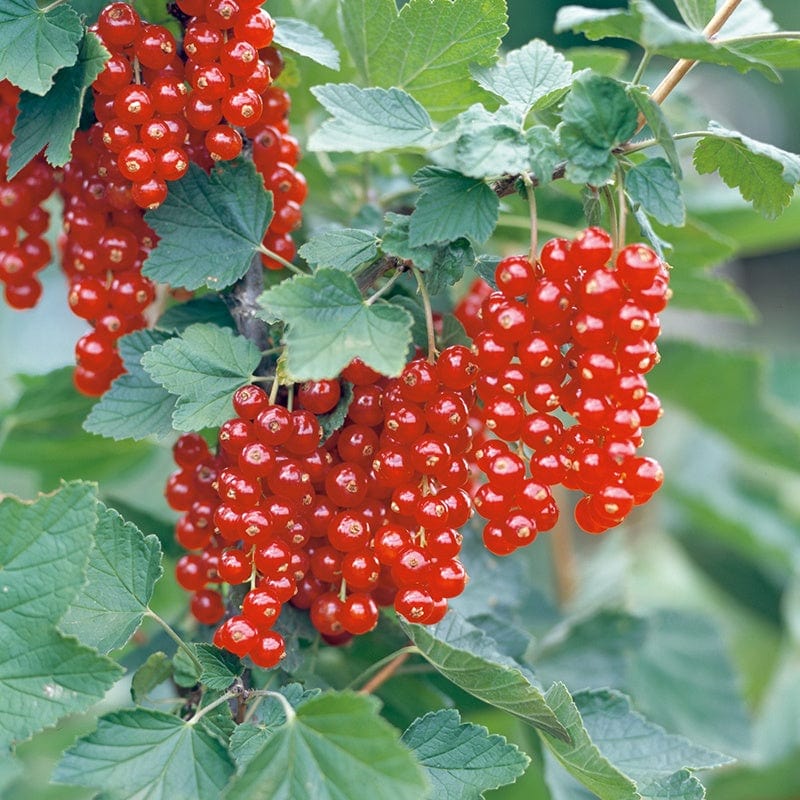
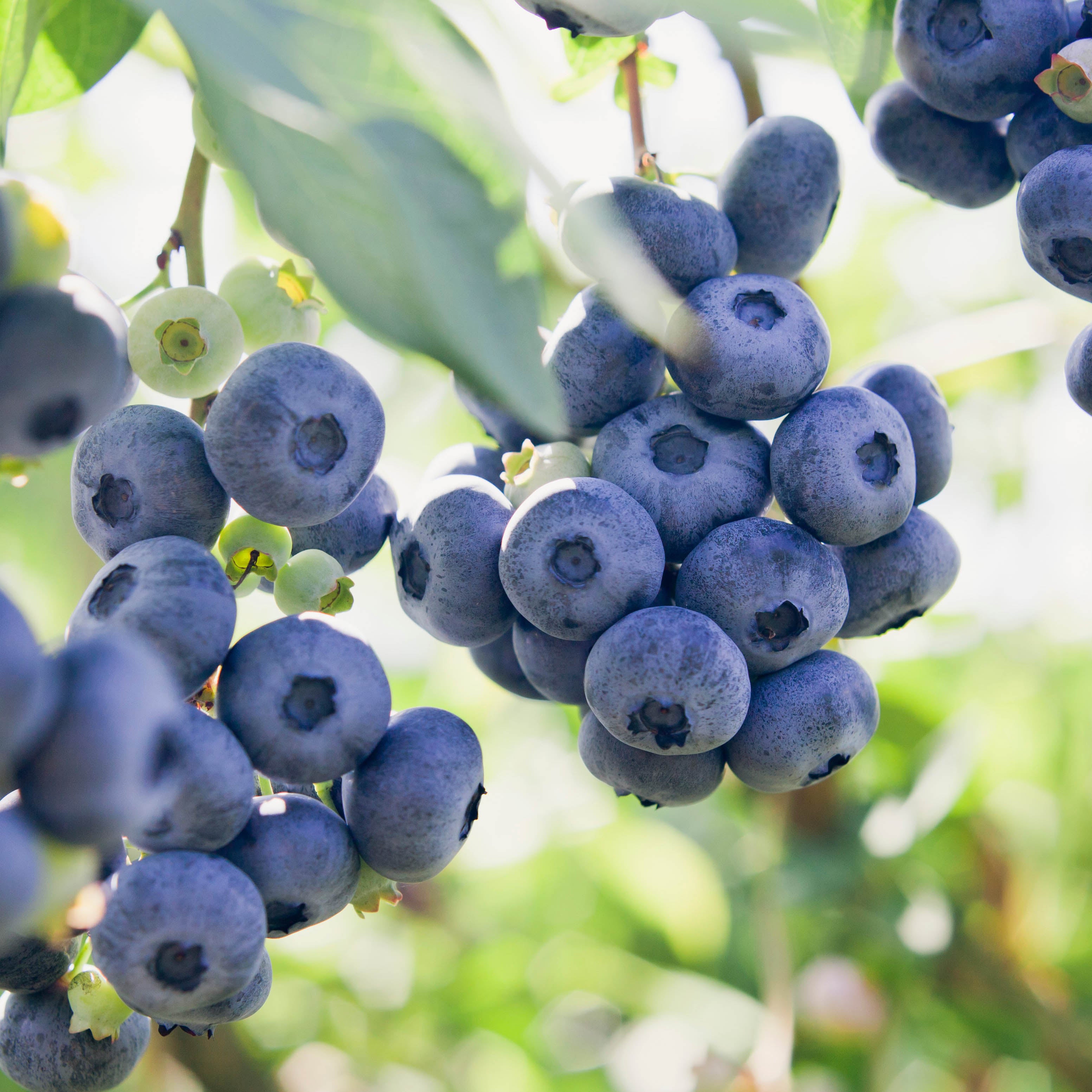
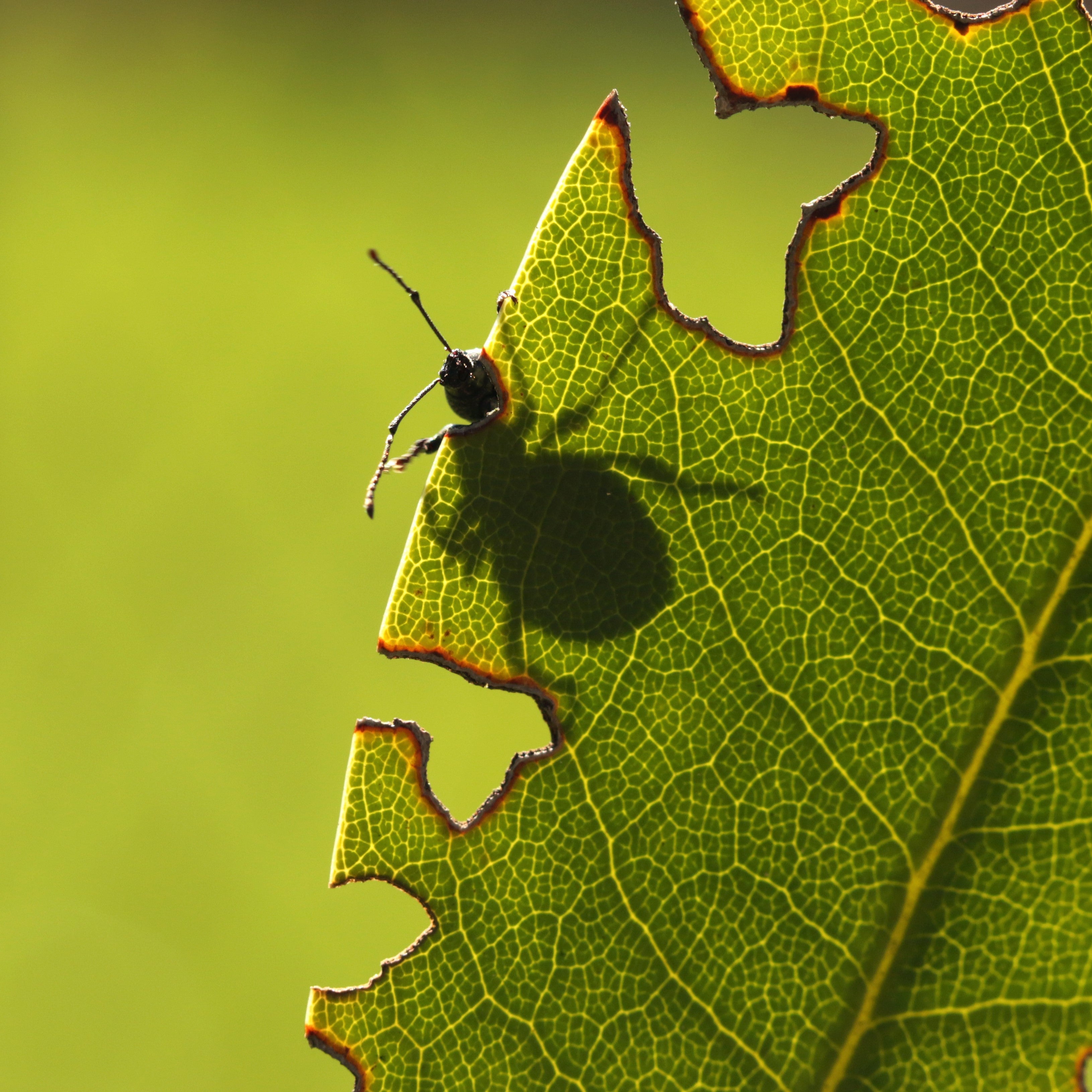

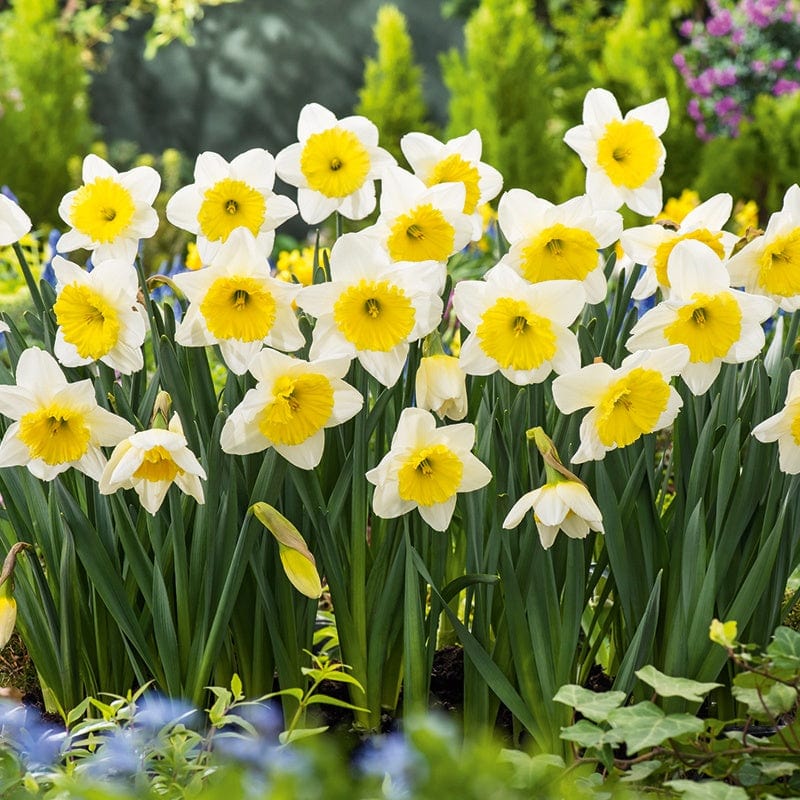
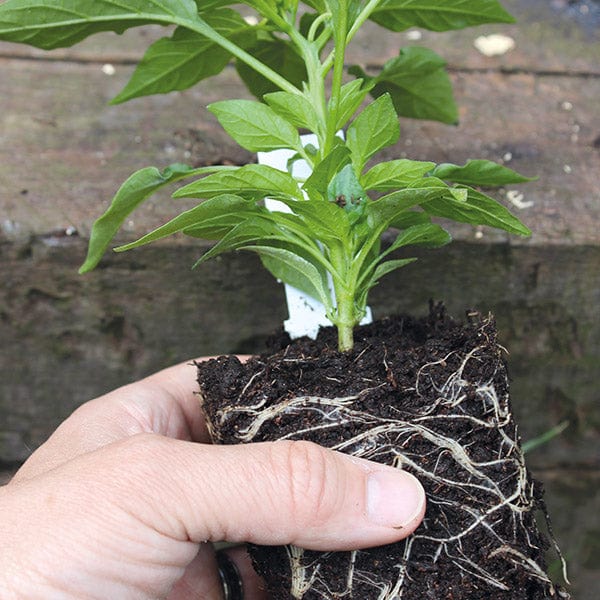
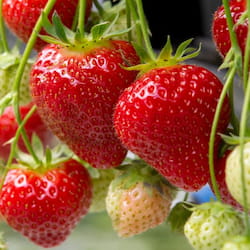
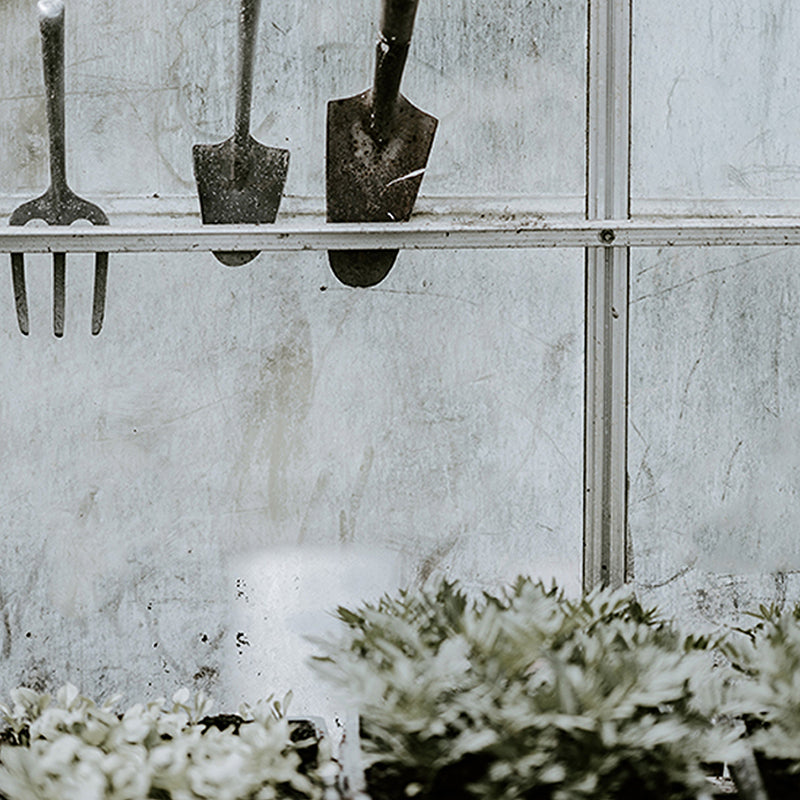

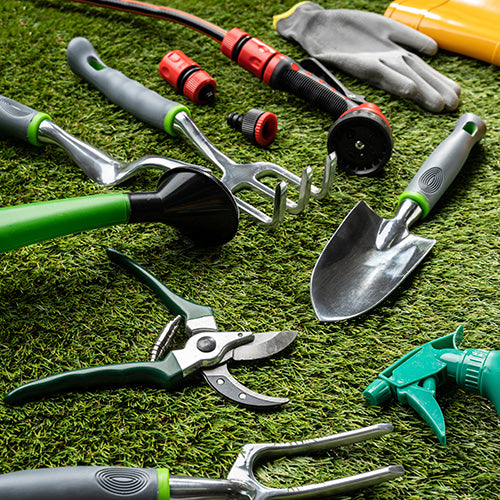
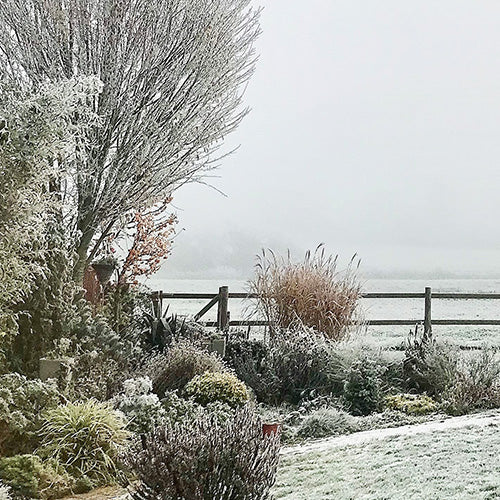
Leave a comment
All comments are moderated before being published.
This site is protected by reCAPTCHA and the Google Privacy Policy and Terms of Service apply.